In football, every detail counts, and the throw-in is no exception. In this week’s blog from the MBP School of Coaches, we outline six objectives that teams can use at specific times during the attacking phase. These are linked to specific tactical intentions and require a series of coordinated movements to carry them out.
Before going into detail, it is crucial to understand three key concepts to achieve these objectives: the target of the throw, the tactical intention and the movements of the players.
Key concepts
The Objective of the Throw (OT): This is the ‘what’ we want to achieve with the action. Depending on the aim – to progress up the field, to keep the ball, to switch play, or to clear the ball – we will generate different movements.
Tactical Intention (TI): Define whether the goal is to progress, maintain, play into the other side, etc. This sets the basis for the necessary movements.
Player Movements (PM): This is the ‘how’ we achieve the goal. It refers to the specific behaviours and actions of the players to fulfil the tactical intention of the team.
Objective of the Throw-In
- Start the attacking phase
OT: Start the attacking phase.
TI: the play with a backwards throw to favour the attacking build-up.
PM: The players behind the ball separate from their markers, while the players close to it perform movements to attract pressure. This is common in all areas of the pitch (Z1, Z2, Z3).
- Keep the ball
OT: Maintain possession.
TI: Combination action to look to progress the play.
PM: Coordination of several receivers in close proximity to free up space and allow a short pass to the thrower, facilitating the continuity of the attack.
- Attack the opposite side (Weak)
OT: Direct the play to the opposite wing.
TI: Direct the actions to the favorable spaces on the opposite side.
PM: Short pass to a close or intermediate receivers, who then enables a teammate with time and space to switch the play. This can be by direct or long passes to free players.
- Clear the ball in depth
OT: Move the ball away from the zone.
TI: Gaining territory quickly, minimising risks in pressed areas..
PM: The close receiver separates from their defender and clears the ball long, looking to win the second ball.
- Attack in behind
OT: Overcome the press with a long ball.
TI: Deliver the ball in behind the defensive line.
PM: Offer support that attracts opponents on the first and second passing lines to enable a clearance into space by a far receiver. Requires a thrower with a powerful delivery and deceptive movements beforehand.
- Attack the box
OT: Look for a finishing action quickly.
TI: Produce a goal-scoring opportunity quickly.
PM: Send the ball to a reference player for them to generate a flick on or finishing action. It is crucial to identify the most skilful player in the air, and to coordinate the movements of the others to maximise the chances of scoring.
Conclusion
Effective attacking throw ins can make the difference in a match. By understanding and applying these six objectives, teams can improve their performance. Each objective is designed to address specific situations on the pitch, from restarting an attacking phase to looking for a quick finish in the box. The key is coordination and precise execution of movements by the players, always aligned with the defined tactical intention.







